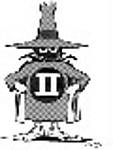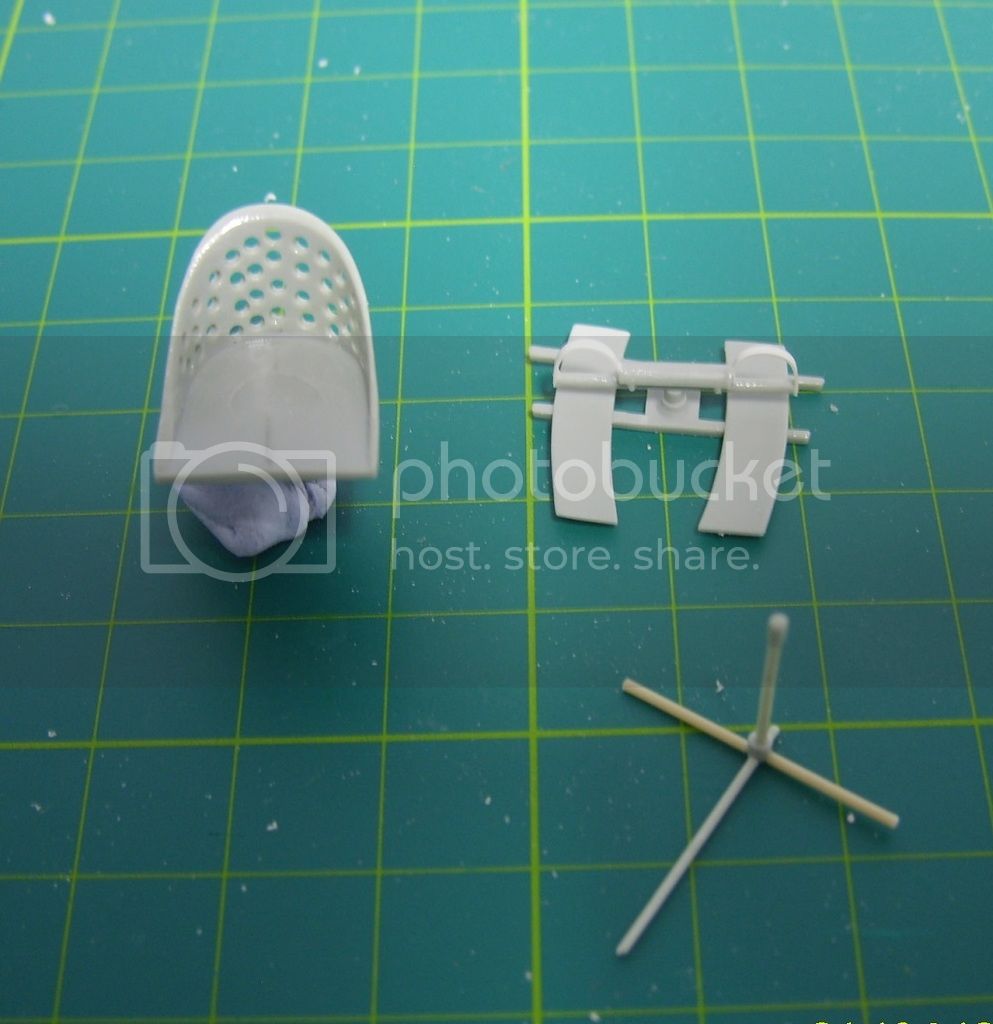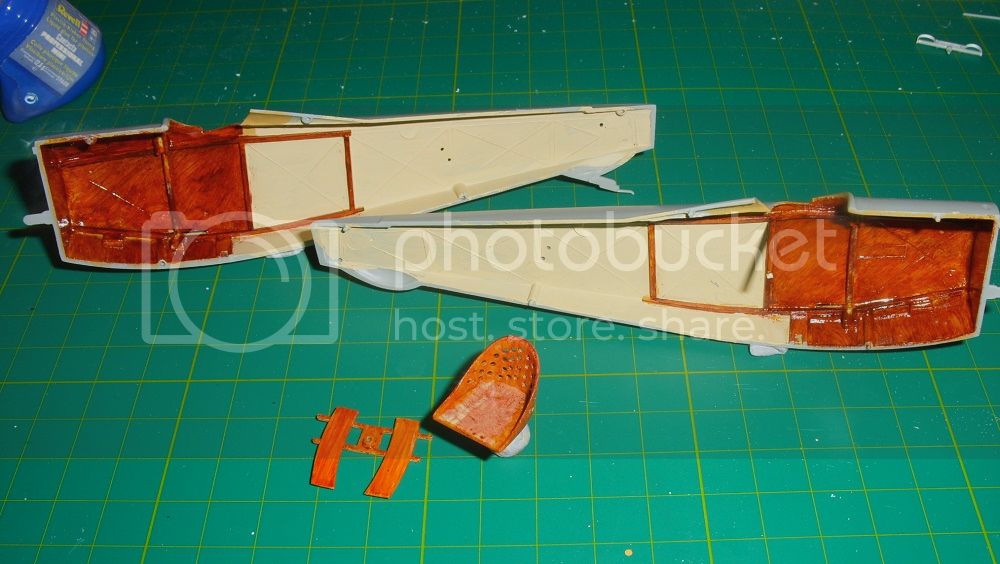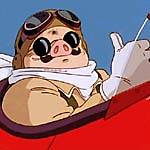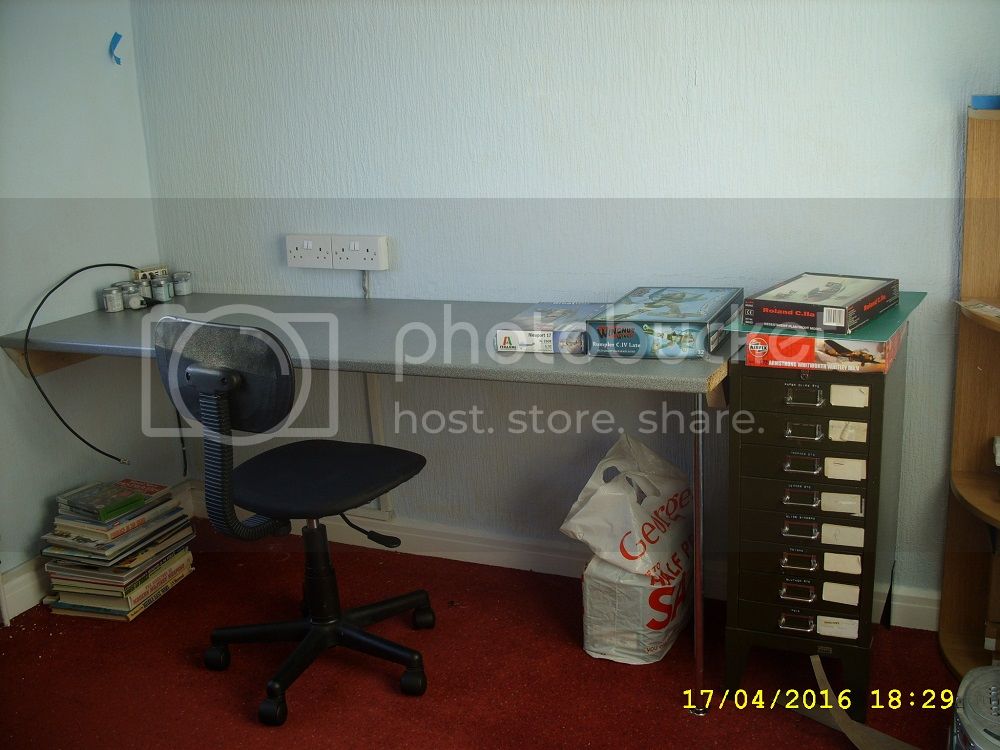
As you can see I have a few things already waiting on the bench.
Along with continuing work on the Whitley I'm also going to start on Italeri's 1/32 Nieuport 17. It's a rebox of the Academy/Hobbycraft kit but with MUCH better decals. This is mostly going to be a trial run before I move onto the WNW Rumpler. I want to try out some advanced finishing techniques and a rig and a cheap simple kit like this is perfect for that.

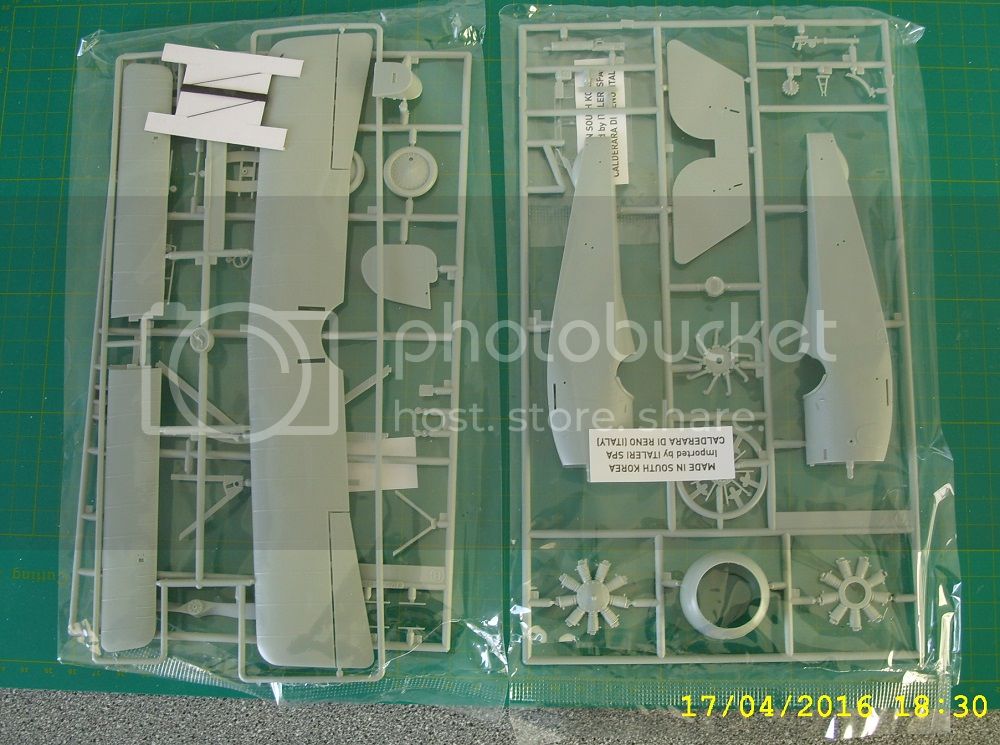
The kit provides some sort of cotton like material for a rig, but I'm going to ditch that in favor of elastic thread. I'll find a use for it on armour builds.
What really sets this kit apart from the Academy boxing are the decals. Beautifully printed and 5 choices:
-Capitano Francesco Baracca, 91a Squadraglia 1917.
-Adjutant Rene Dorme, Escradrille No.3 1916.
-A captured N.17 used a trainer by Jagdstaffelschule 1 at Valenciennes 1917.
-Captain Philip Fletcher Fullard, No. Squadron RFC 1917.
-Commander Evergraf Kruten, Russian Empire 1917.

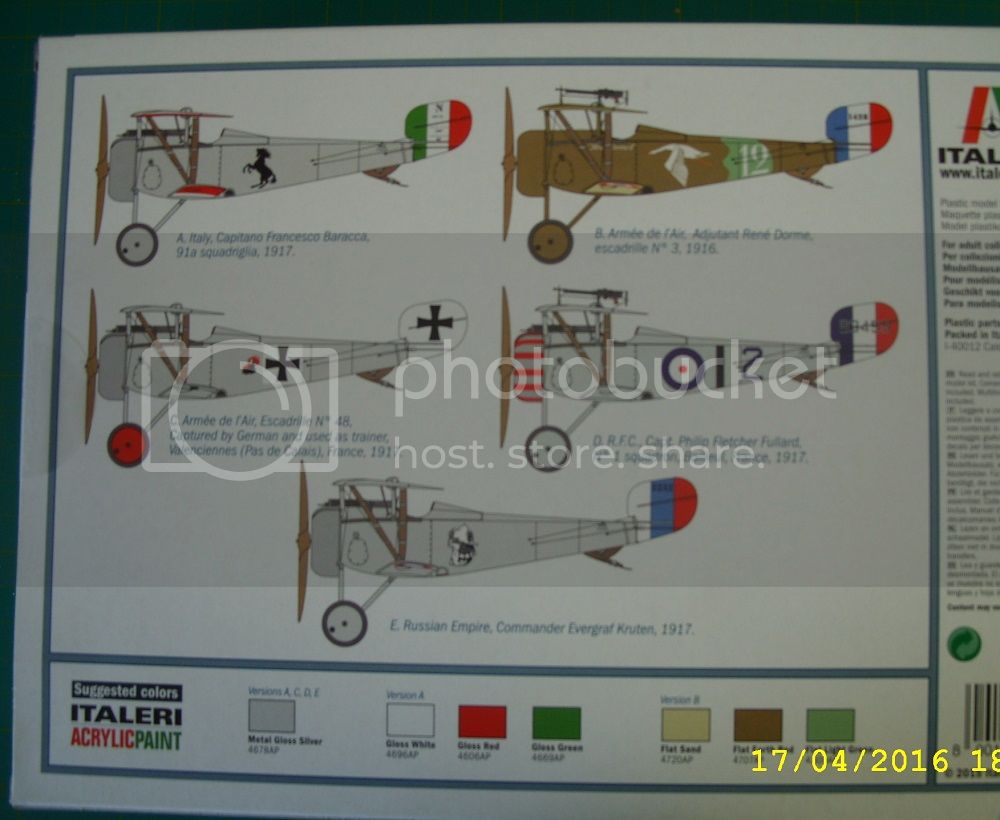
Given the quality and attractive schemes It's hard to pick one, but I am thinking of finishing it as Barraca's aircraft. The Italian tricolor painted on the bottoms of the wings certainly makes for a very colourful model. Given how cheap the Academy kit can be found for, I might even pick a couple up to build as Fullard and Dorme's machines at some point.
I don't want to spend too much time fussing over details. It has weak points but I'm interested in getting it finished. One thing I have done however is to build up the missing internal structure with plastic strip and rod. A quick job that took a few minutes.

Just need to paint this up now. Not sure however what colour the interior would be. With the outer fuselage being aluminium doped, would the aluminium show through the fabric or would it be the traditional pale beige of bleached linen? And was the upper fuselage around the cockpit unpainted ply or aluminium?
Any help would be appreciated.
Stephen




